What Is Scoliosis?
By KidsHealth.org
Your spine, or backbone, helps ho ld your body upright. Without it, you couldn’t walk, run, or play sports.
ld your body upright. Without it, you couldn’t walk, run, or play sports.
If you look at yourself sideways in the mirror or look at a friend from the side, you’ll notice that the back isn’t flat like a piece of board. Instead, it curves in and out between your neck and lower back. Despite that gentle curve from the side, a healthy spine appears to run straight down the middle of the back. The trouble for someone with scoliosis is that the spine curves from side to side.
What Is Scoliosis?
The word scoliosis (say: sko-lee-OH-sis) comes from a Greek word meaning crooked. If you have scoliosis, you’re not alone. About 3 out of every 100 people have some form of scoliosis, though for many people it’s not much of a problem. For a small number of people, the curve gets worse as they grow and they may need a brace or an operation to correct it.
Someone with scoliosis may have a back that curves like an “S” or a “C.” It may or may not be noticeable to others. While small curves generally do not cause problems, larger curves can cause discomfort. The X-ray image to the right shows what scoliosis looks like.
No one knows what causes the most common type of scoliosis called idiopathic (say: ih-dee-uh-PA-thik) scoliosis. (Idiopathic is a fancy word for unknown cause.) Doctors do know that scoliosis can run in families. So if a parent, sister, or brother had scoliosis, you might have it, too.
Most types of scoliosis are more common in girls than boys, and girls with scoliosis are more likely to need treatment.
How Do Kids Find Out if They Have Scoliosis?
Sometimes scoliosis will be easily noticeable. A curved spine can cause someone’s body to tilt to the left or right. Many kids with scoliosis have one shoulder blade that’s higher than the other or an uneven waist with a tendency to lean to one side. These problems may be noticed when a kid is trying on new clothes. If one pant leg is shorter than the other, a kid might have scoliosis. It’s also possible that the kid does not have scoliosis, but one leg may be slightly shorter than the other or the ribs may be uneven.
You might get examined for scoliosis at school or during a doctor visit. In the United States, about half of the states require public schools to test for scoliosis. It’s an easy test called the forward-bending test, and it doesn’t hurt at all. It involves bending over, with straight knees, and reaching your fingertips toward your feet or the floor. Then, a doctor or nurse will look at your back to see if your spine curves or if your ribs are uneven.
What if I Have It?
If a doctor says you have scoliosis, then the doctor and your parent can talk about whether treatment is necessary, and then talk to you about what happens next. If the doctor wants to get a better look, he or she may order X-rays of your spine. Sometimes the doctor will decide that the curve isn’t serious enough to need treatment.
If you do need treatment, you’ll go to a special doctor called an orthopedist (say: or-tho-PEE-dist), or orthopedic surgeon, who knows a lot about bones and how to treat scoliosis. The orthopedist will probably start by figuring out how severe your spine’s curve is. To do this, an orthopedist looks at X-rays and measures the spine’s curve in degrees, like you measure angles in math class.
For this and much more: http://bit.ly/ZM1ctI
NOTE: Scoliosis can also be effectively treated with Myofascial Release.

There is certainly a great deal to learn about this issue.
I like all of the points you’ve made.